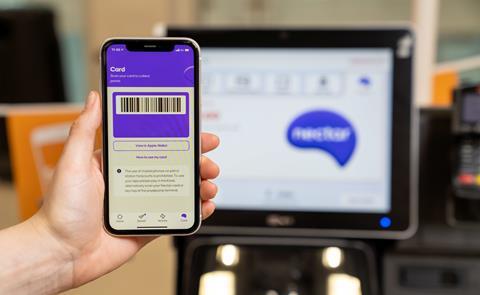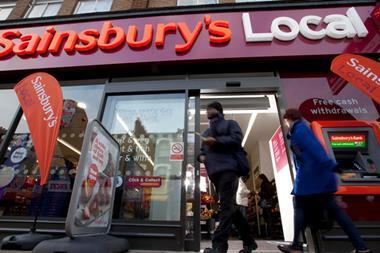
Sainsbury’s has rolled out “improved” anti-fraud measures to its self-service checkouts after its previous efforts to clamp down on dodgy coupons caused friction with shoppers at the tills.
Since the summer, the supermarket has introduced a wave of additional checks and permissions across its estate in response to a surge in the use of fake coupons at its stores.
One of the changes required store staff to manually validate each individual yellow label discount on near to sell by date items. However, as The Grocer first reported in November, the process proved unpopular with some shoppers, who complained that it led to longer waits and reduced the overall experience of Sainsbury’s tills.
Staff in several stores visited by The Grocer had also complained the “issues” were adding extra pressure to their workload during busy periods.
Sainsbury’s has now confirmed that the process has been “improved”. Yellow-label items no longer require additional approval by store colleagues and are scanned as usual.
“Fraudsters are using increasingly sophisticated tactics in our stores and over the summer we introduced additional measures to prevent them,” said a Sainsbury’s spokeswoman.
“We’ve listened to customer and colleague feedback and recently improved how this works, so that processing genuine coupons, vouchers and reductions at our tills is a smoother experience.”
It’s the latest example to highlight how supermarkets, most of whom are increasing the amount of tech and self-service checkouts across their estates, have found it difficult to balance the need to prevent shrinkage without coming at a cost to customer experience.
Sainsbury’s has largely paused the rollout of security barriers to its self-checkouts, after some shoppers complained they were being treated as criminals by being asked to scan their receipt to leave.
In June, Sainsbury’s began a major upgrade of its self-service till systems as a way of helping to clamp down on theft, while improving service at the tills. It included the integration of new AI computer recognition capabilities that identify when lower weight or ‘suspicious’ items have appeared in the basket.



















No comments yet